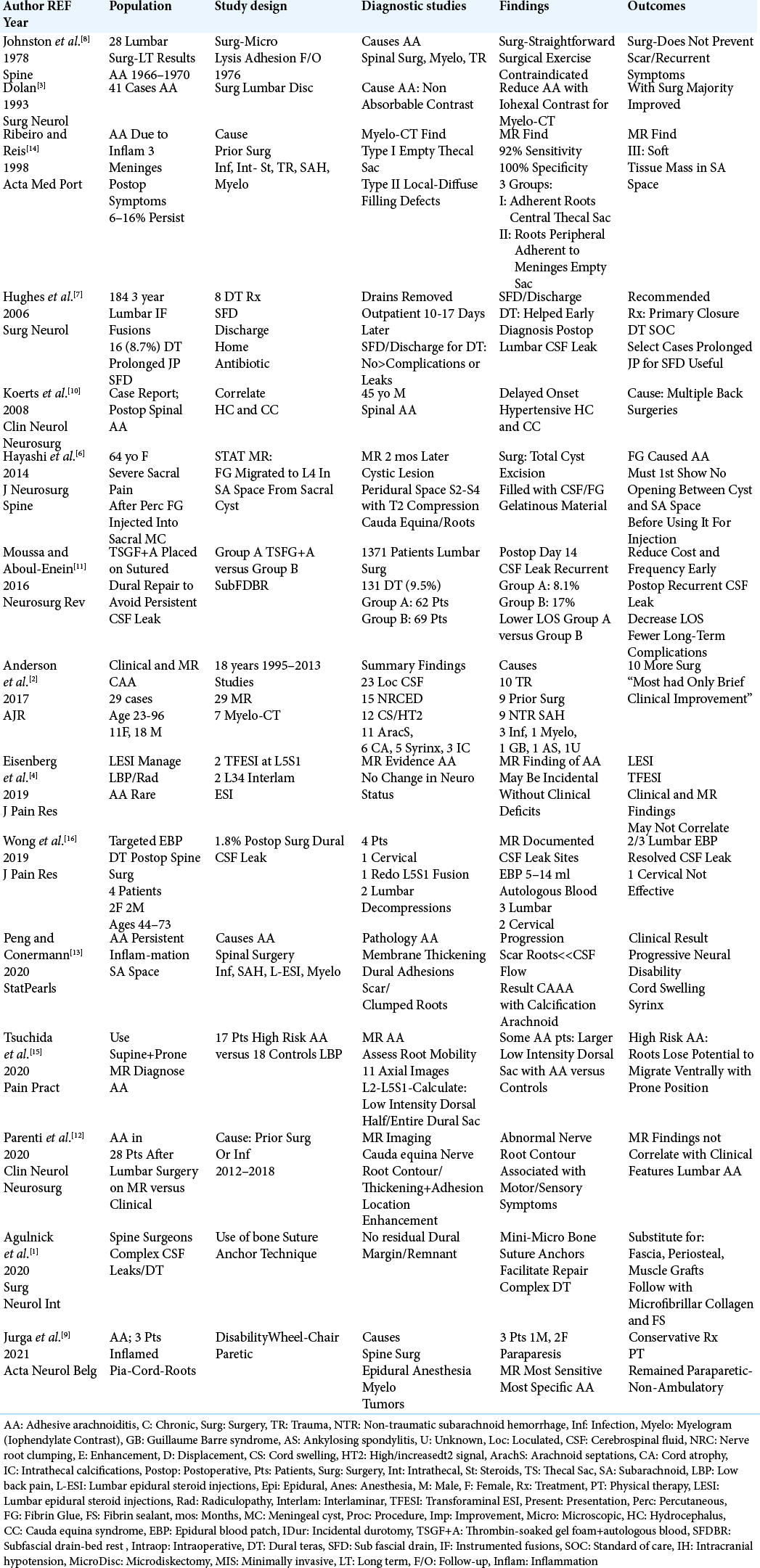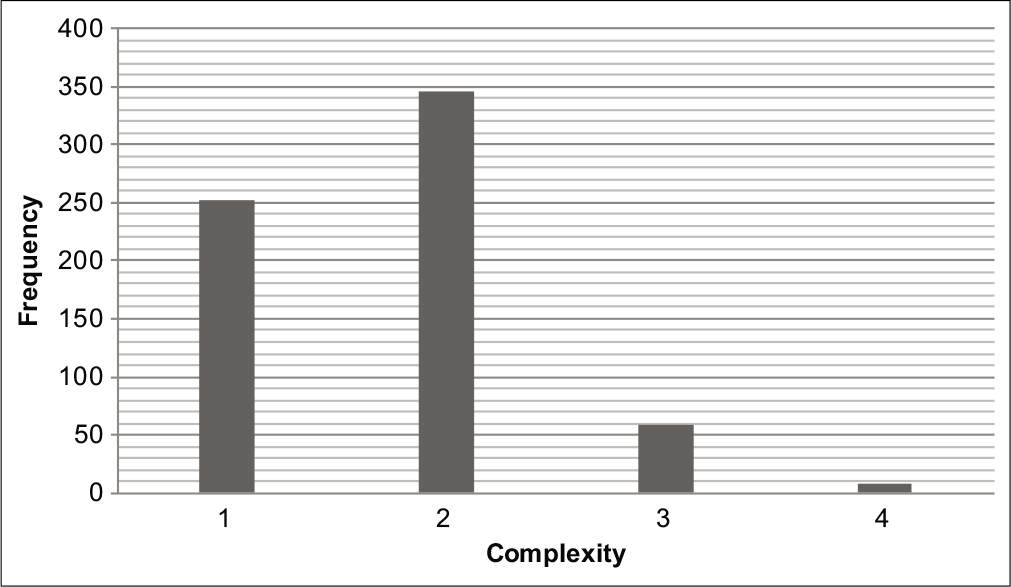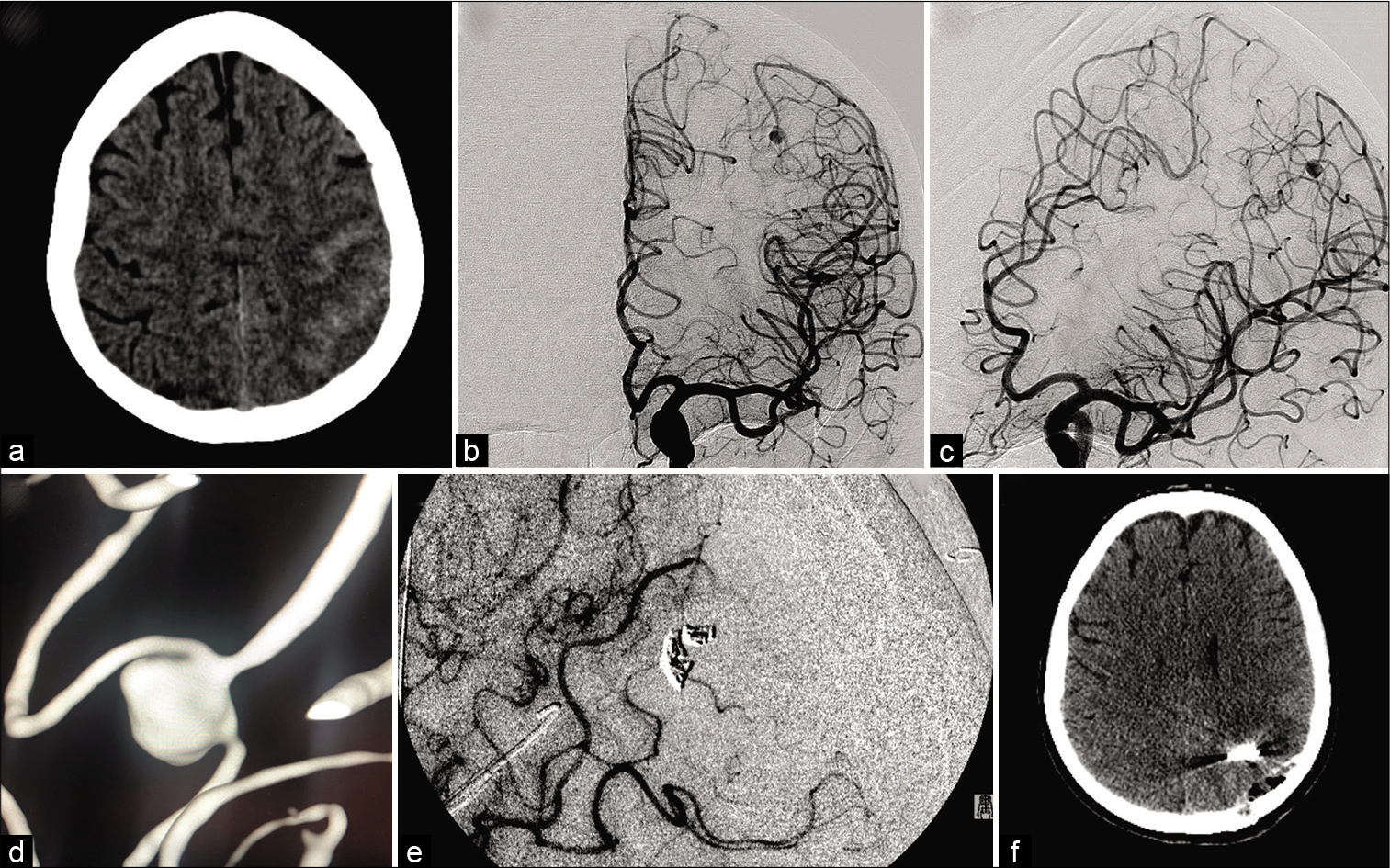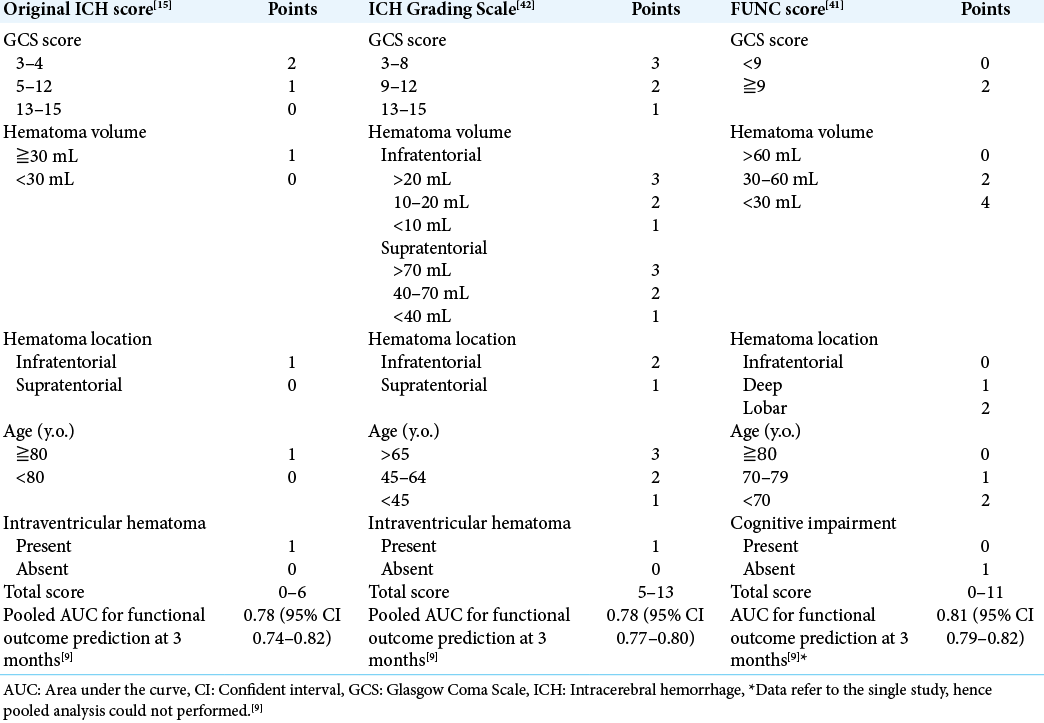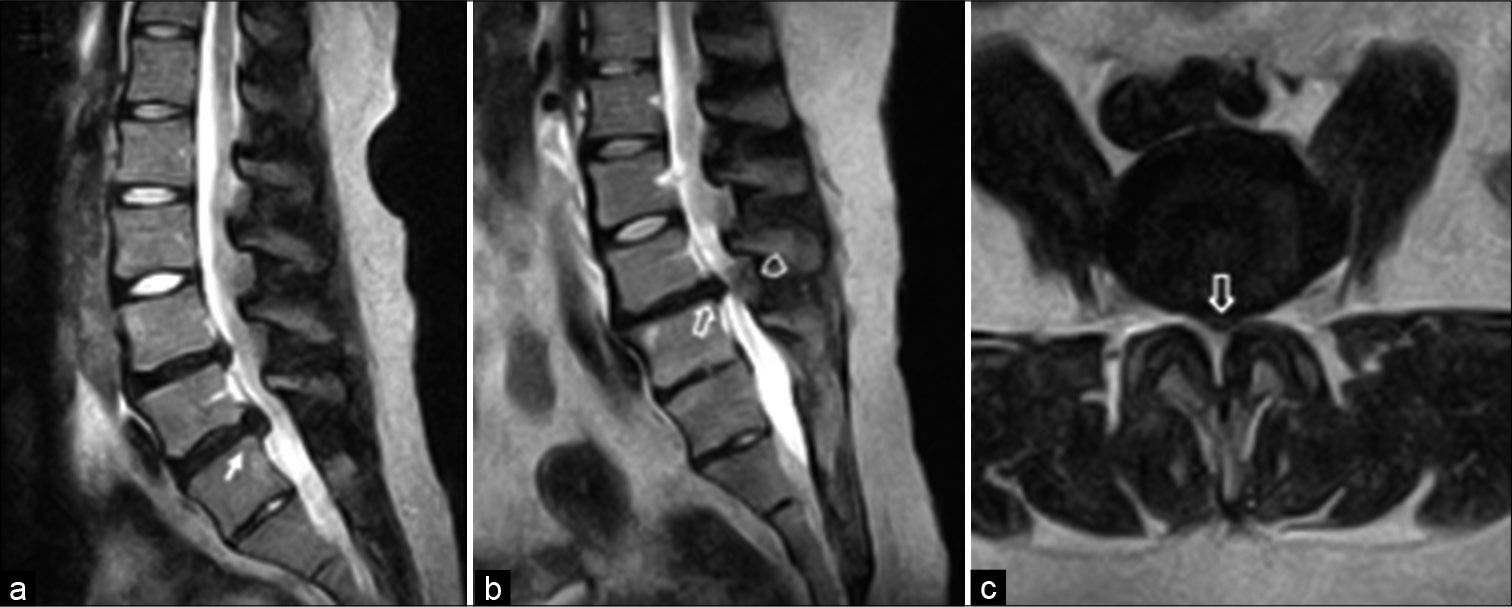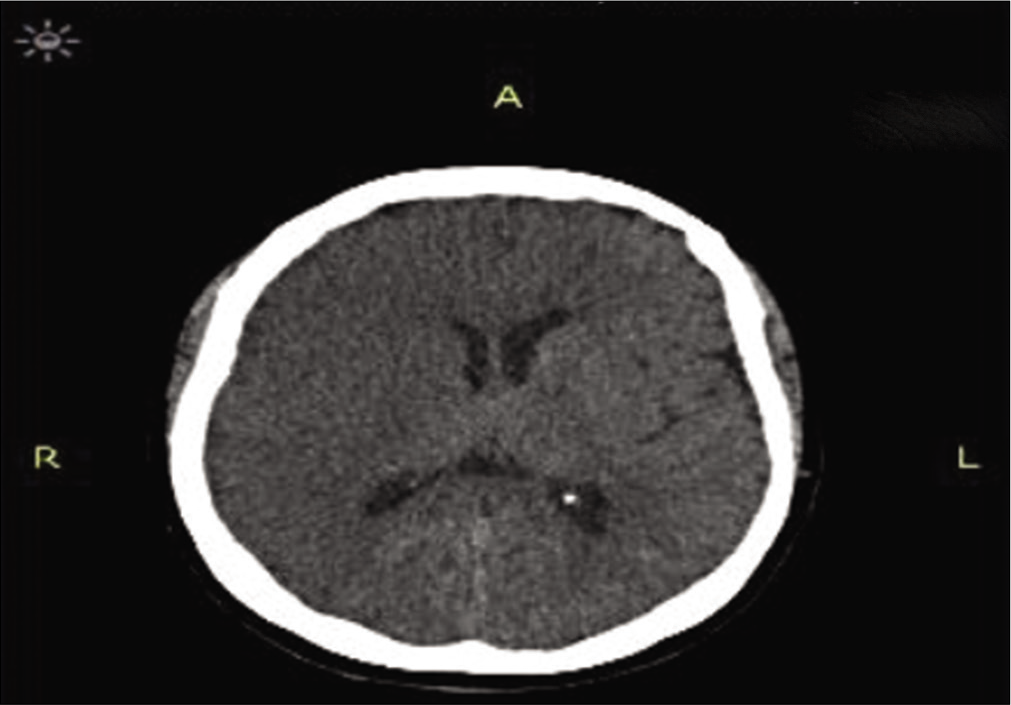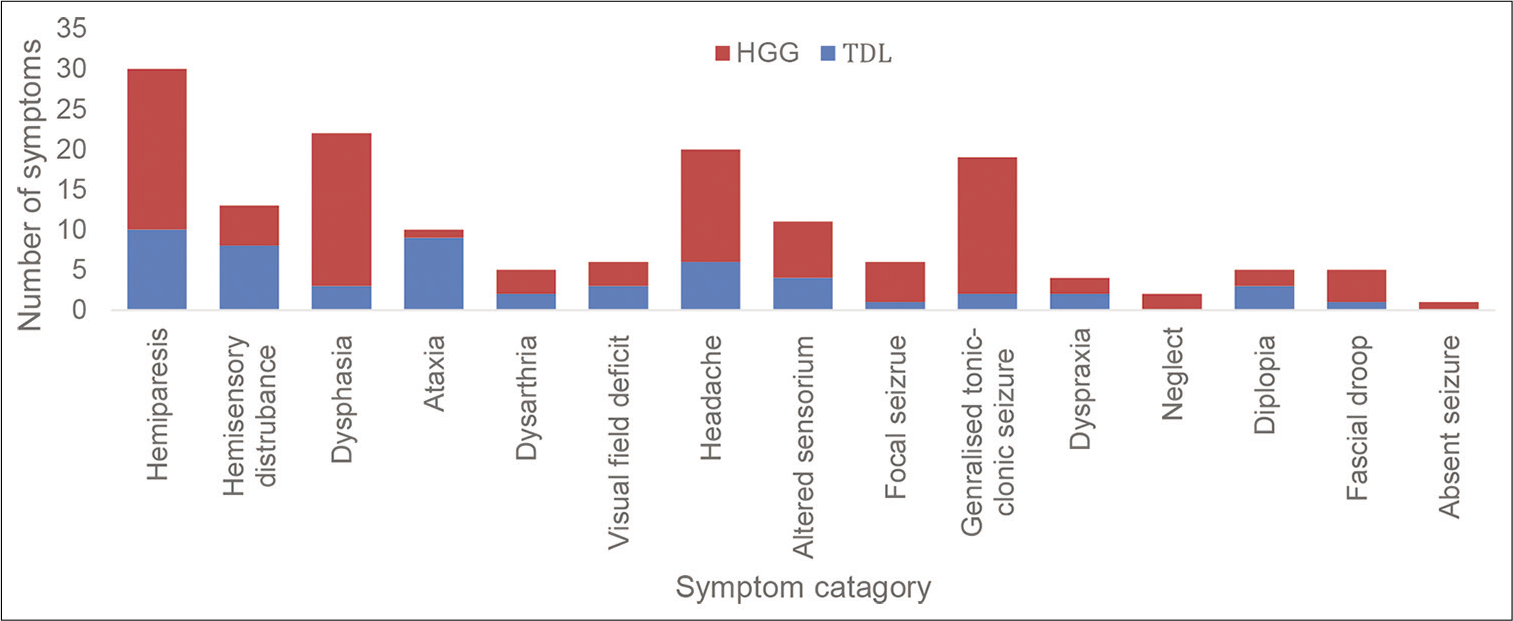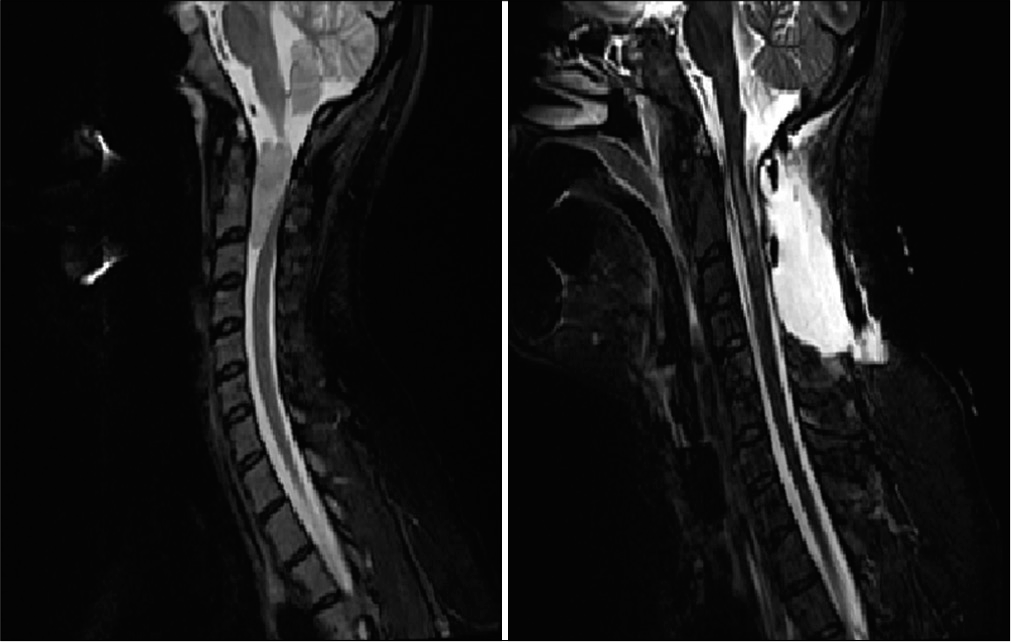Perspective: Early diagnosis and treatment of postoperative recurrent cerebrospinal fluid fistulas/ dural tears to avoid adhesive arachnoiditis
Date of publication: 03-May-2021
Background: Intraoperative traumatic cerebrospinal fluid (CSF) fistulas/dural tears (DT) occur in up to 8.7–9.5% of primary lumbar surgical procedures. Further, they recur secondarily in between 8.1% and 17% of cases. It is critical to diagnose and treat these recurrent lumbar DT early (i.e. within 3–4 weeks of the index surgery) to avoid the evolution of adhesive arachnoiditis (AA), and its’ permanent neurological sequelae.
MEDICOLEGAL CORNER. Failure to replace obstructed lumbar drain after thoracic-abdominal aortic aneurysm repair leads to paraplegia
Date of publication: 03-May-2021
Background: To avoid spinal cord ischemia following endovascular/open thoracic-abdominal aortic aneurysm (T-AAA) repair, lumbar drains (LDs) are placed to reduce intraspinal pressure, and increase spinal perfusion pressure. Here, we present a medicolegal case in which a critical care (CC) physician knew that the LD was obstructed following a T-AAA repair, but did not replace it until the patient became paraplegic. The patient was left with permanent sphincter loss, and a severe paraparesis.
Spine surgery complexity score predicts outcomes in 671 consecutive spine surgery patients
Date of publication: 03-May-2021
Background: The spine surgery complexity score (SSCS), previously reported by us, is a simple grading system to predict postoperative complications and hospital length of stay (LOS). This scale is based on the technical difficulty of the spinal procedures being performed.
Dural leakage due to ipsilateral needle placement for spinal level localization in unilateral decompression surgery: A case report
Date of publication: 03-May-2021
Background: A spinal dural defect caused by needle placement for spinal level localization is an uncommon complication of cerebrospinal fluid leak with the potential for the development of intracranial hypertension.
Neoplastic cerebral aneurysm from triple-negative breast cancer: A case report
Date of publication: 03-May-2021
Background: We present a rare case of a ruptured neoplastic aneurysms (NCA) caused by metastatic spread of triple-negative breast cancer (TNBC) in a female patient in her 60s. The patient had a medical history of TNBC and presented to the emergency department after experiencing 3 days of persistent headache.
Postsurgical functional outcome prediction model using deep learning framework (Prediction One, Sony Network Communications Inc.) for hypertensive intracerebral hemorrhage
Date of publication: 03-May-2021
Background: Reliable prediction models of intracerebral hemorrhage (ICH) outcomes are needed for decision-making of the treatment. Statistically making such prediction models needs a large number of samples and time-consuming statistical analysis. Deep learning (DL), one of the artificial intelligence, is attractive, but there were no reports on DL-based functional outcome prediction models for ICH outcomes after surgery. We herein made a functional outcome prediction model using DLframework, Prediction One (Sony Network Communications Inc., Tokyo, Japan), and compared it to original ICH score, ICH Grading Scale, and FUNC score.
Cauda equina syndrome due to lumbar disc herniation and ossification of the yellow ligament
Date of publication: 03-May-2021
Background: Patients with lumbar disc herniation at a level with significant stenosis due to ossification of the yellow ligament (OYL) may rarely present with rapid neurological deterioration warranting emergent surgery.
Decompressive craniotomy for malignant middle cerebral artery infarction: The quest for an African perspective
Date of publication: 03-May-2021
Background: Although associated with controversy, decompressive craniotomy (DC) for malignant middle cerebral artery infarction (MMCAI) is an unequivocally lifesaving intervention. DC for MMCAI is rarely performed in lower- to middle-income countries.
Tumefactive multiple sclerosis versus high-grade glioma: A diagnostic dilemma
Date of publication: 03-May-2021
Background: Tumefactive demyelinating lesions (TDLs) share similar clinical features and MRI characteristics with high-grade glioma (HGG). This study develops an approach to navigating this diagnostic dilemma, with significant treatment implications as the management of both entities is drastically different.
Intradural Extramedullary Primary Central Nervous System Melanoma of the Craniovertebral Junction during Pregnancy: Observations and Outcomes
Date of publication: 03-May-2021
Background: Primary central nervous system (CNS) melanoma is a rare lesion derived from neural crest precursors. While its management is analogous to metastatic spinal melanoma, the literature does not describe this entity clearly in pregnant patients and the unique implications it presents. Here, we describe the case of a pregnant patient who presented with primary CNS melanoma of the cervical spine.


